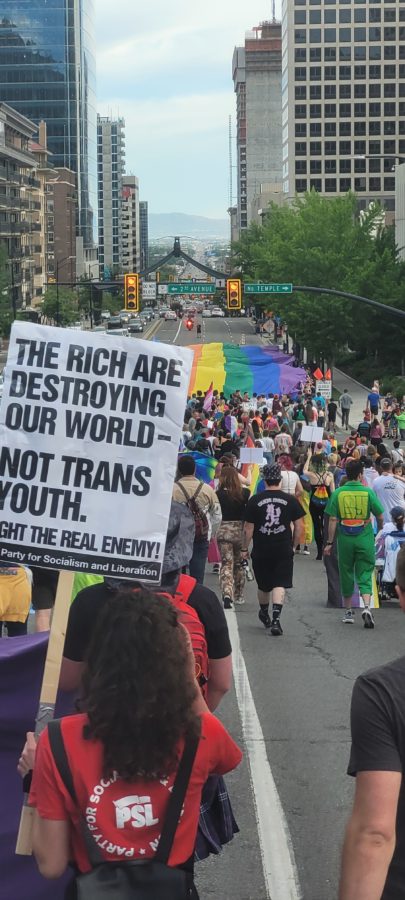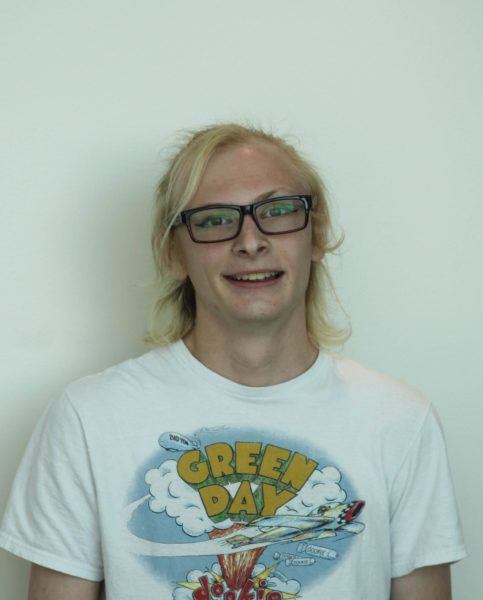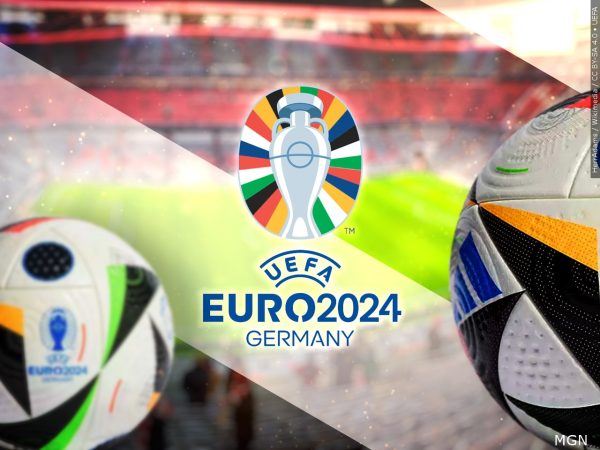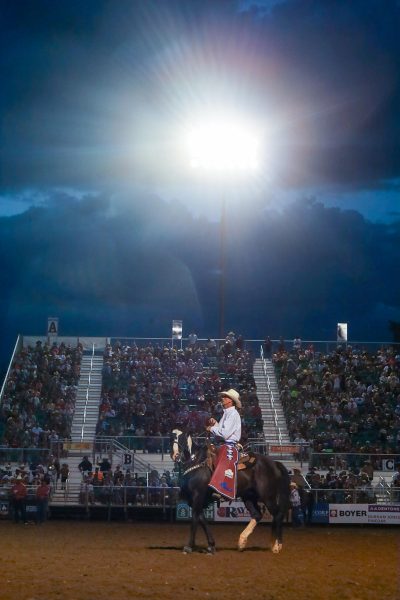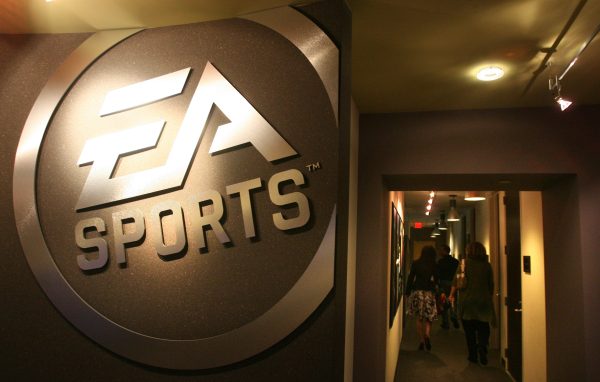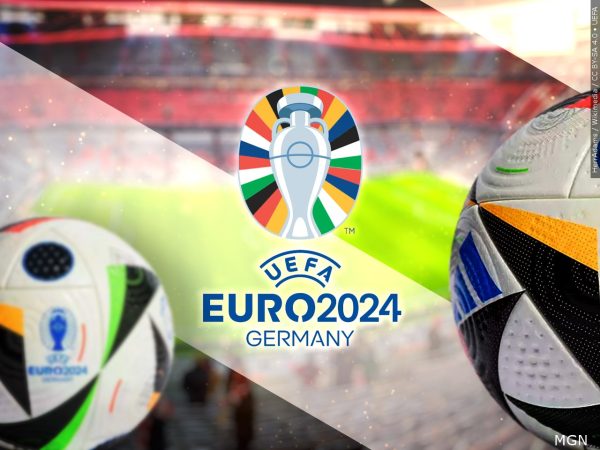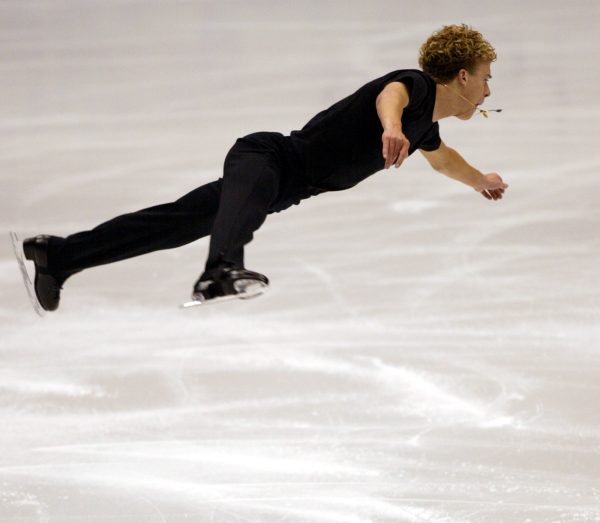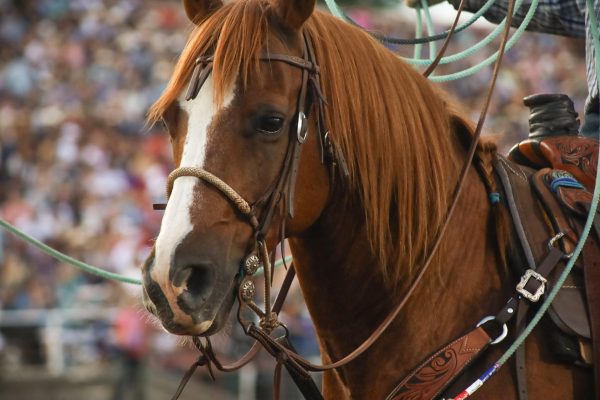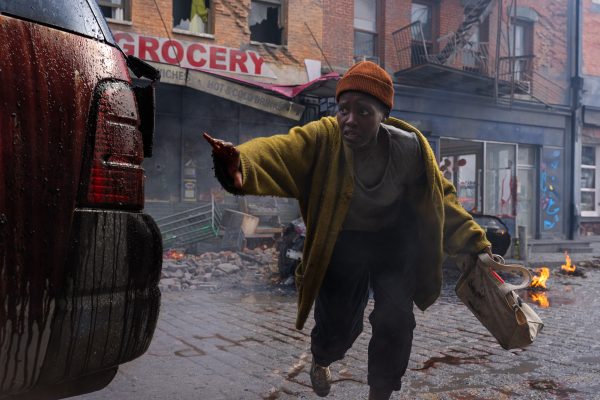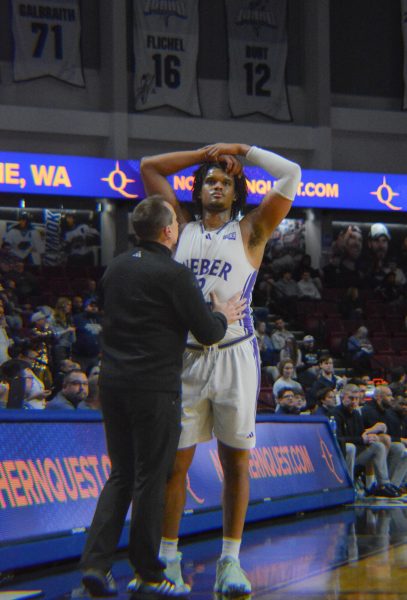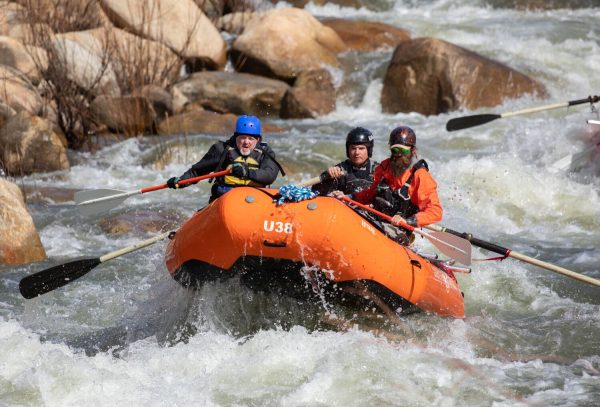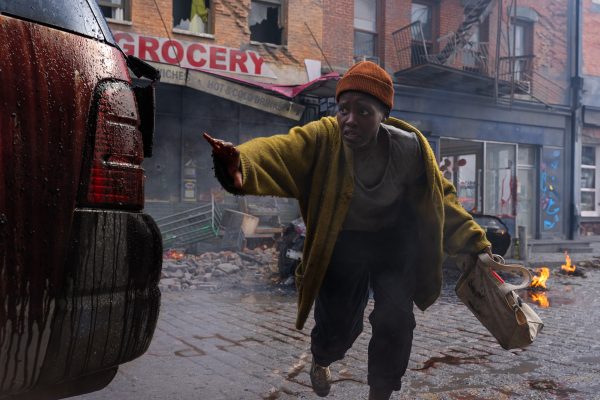OPINION: Understanding Pride, my way
Despite having been out for about three years, I have not had the opportunity to attend a Pride event. A lot of this separation came from only ever living proud in a somewhat small town, with an even smaller queer community. My town was not large enough to generate any form of Pride related events that I knew of.
For this reason, my first time participating in a Pride festival would be the Utah Pride Festival and parade.
I arrived with my supportive parents in Salt Lake City on the first Friday in June. After getting dinner at a local diner and punk venue, we made our way towards the Capitol to participate in the rally being held.
When we got to the Capitol, the speeches had already begun, with trans women and elected officials speaking and drag performers hyping up the attendees. After about half an hour, the march began.
The march from the Capitol was a powerful and energizing experience. Just what was needed to get pumped up for my next activity — a concert.
The first two sets of the night were DJs I did not recognize, so I stayed toward the back of the audience. Icona-pop was the third performer, and those two were what got me deep into the floor. After about 20 minutes, I yielded myself and became a part of the crowd.
Around 11 p.m. the queen herself, Trixie Mattel, came onto the stage. The winner of season three of RuPaul’s Drag Race All Stars, Trixie is a talented drag queen and more importantly, a riot on stage.
The next day, the three of us woke up late because we didn’t get back until close to two in the morning and needed our beauty sleep.
We ate breakfast so late it might as well have been lunch. We left the hotel and walked down to the festival grounds around 1 p.m. and saw large swaths of people walking away from the grounds. Turns out that while we were lounging around, there was a lightning storm.
This storm led to the festival getting shut down. I was determined to get in because my parents had to leave for Nevada right after the parade the next day. We sat just outside of the fence waiting for the festival to be reopened. First, the organizers promised around 2:30 p.m., then 3 p.m., then 3:30 p.m. and finally 4 p.m. when it finally opened.
As a person studying the social sciences, I often wonder why humans do what we do and why it is significant. The rally and parade are easy, they are signs of defiance, that we will always be here and a celebration of who we are.
Even the concert made sense as humans tend to care deeply about music and one way we express that care is dancing. To be in a space where you can dance in ways not typically allowed in the hegemony of binary gender and heteronormativity is a great benefit.
But why have a bunch of vendors and food trucks? What does that have to do with being proud to be queer? As we walked around, I realized two reasons why.
The first point is there were not just the normal vendors and large corporations but also booths dedicated to finding safe spaces like stonewall sports, a 21+ sports club with both social and comp leagues, and medical clinics that are dedicated to gender-affirming care. Something that I have looked for in Utah and struggled to find.
The second point is safety. Those grounds acted like a county or state fair with a bunch of food, random vendors, politicians looking for supporters and live music. The main difference was how it was all inherently queer in such a way that the community could be themselves. This was a place for countless queer people to show up in public and be themselves with no fear of discrimination.



